
Every person knows that cancer has many stages and that in the end people die if they are not cured. There are a lot of people who wish to know upfront what the final stage will look like. The most common situation is that it is not the patient but the loved one or close family who wish to know. Since not all people are the same, the final stage of lung cancer will look differently with other people. In some cases, people will experience shortness of breath and some will have pain, while others may not experience either of these problems. The loved ones go through this differently as well. However, there are some changes that are present in most cases.
Physical changes
Physical changes in a patient who suffers from lung cancer are present because of the tumor in the lungs. Changes are especially present if the tumor has spread to other parts of the body. A person who is in the final stage knows that there is no chance for a cure now and that all options have been exhausted. However, there are certain treatments which may ease the pain and reduce the symptoms.
Fluid build-up around the lungs
A person may experience shortness of breath due to the build-up of fluid containing cancer cells in the area around the lungs. A physician can drain the fluid in order to ease the breathing. If the fluid comes back, the doctor may recommend a certain procedure called pleurodesis.
Obstruction or bleeding from the large airways
A person may experience bleeding or obstruction of the airway because the cancer cells are growing near the airways and tumor may spread into them. There are ways to control the bleeding and reduce the obstruction.
Bone pain
It is not uncommon for the lung cancer to spread to the chest and spine in which case a person will experience bone pain. The patient can be given pain medications. Radiation therapy is often used as well.
People who are in the last stage of lung cancer almost always suffer from severe fatigue and weight loss. Emotional changes
A person in the last stage of lung cancer will go through emotional changes as well. Visiting the family or certain activities, that were once exciting to him or her, may not seem so in the last stage. A lot of people usually look lost in thought.
The final days
A person will be in a phase known as “active dying” during the last few days. Certain symptoms like cold skin, no need for food or drink, perspiration and irregular breathing are visible. Confusion and hallucinations are also common. Once the heart stops beating and a person stops breathing, death has occurred.
- www.nhs.uk/conditions/lung-cancer/
- www.cdc.gov/cancer/lung/basic_info/what-is-lung-cancer.htm
- Photo courtesy of CDC/ William Cherry by Wikimedia Commons: commons.wikimedia.org/wiki/File:Lung_tissue_during_legionellosis.jpg


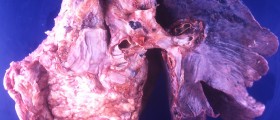
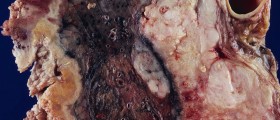

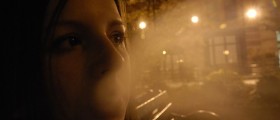
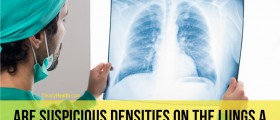
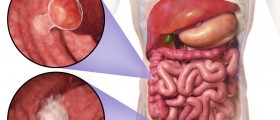





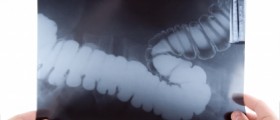


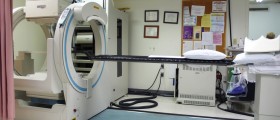
Your thoughts on this
Loading...